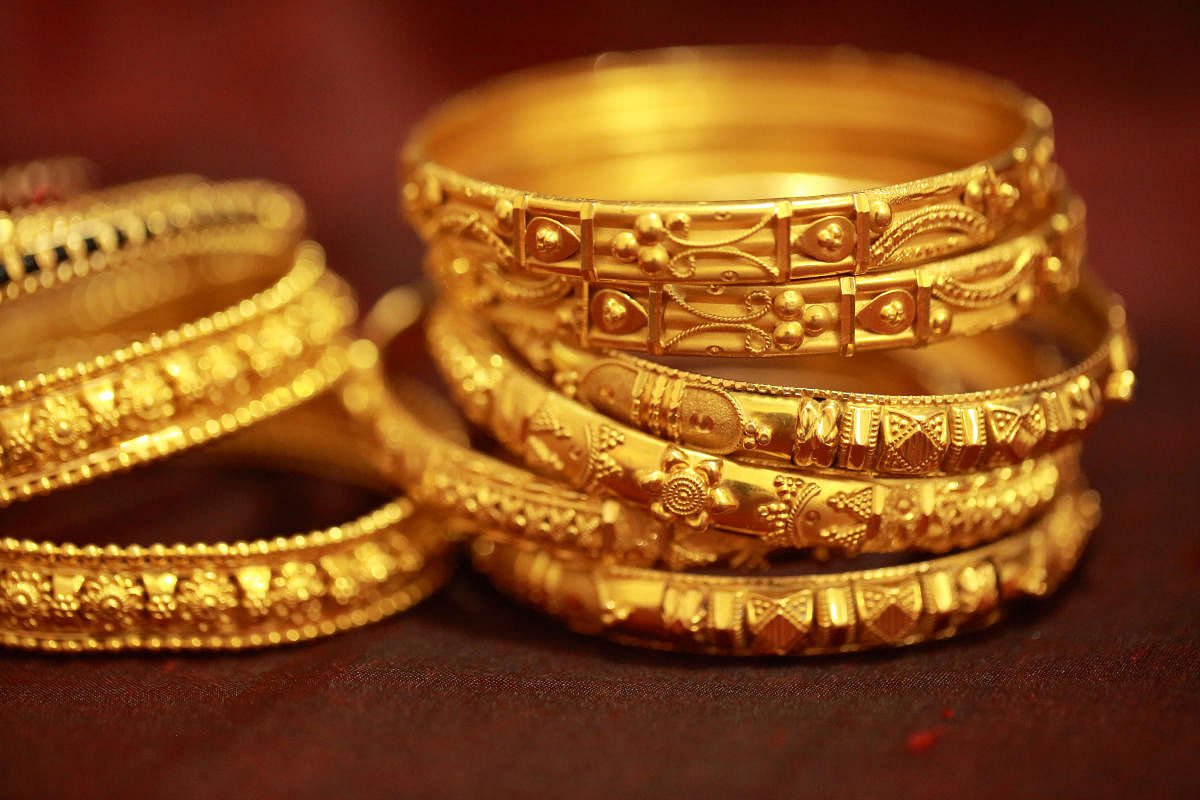
India’s demand for gold jewellery hit a four-year high during the first quarter of 2019 (calendar year) at 125.4 tonnes, a growth of 5.2% compared to 119.2 tonnes in the corresponding quarter last year.
According to World Gold Council (WGC), the first half of the quarter was subdued. The month-long inauspicious period of Kharmas/Malmas ended in mid-January and was followed by a sharp rise in the local gold price, hitting Rs 33,730 per 10 grams by the third week of February. Prices then swiftly retreated, falling to Rs 32,000 per 10 grams by the first week of March. This price correction led to consumers rushing to the jewellery shops to make wedding-related purchases and pushing the local price to premium.
“The reason for drop in prices of jewellery could be attributed to appreciation in Indian rupee. Also, the consumers had delayed their purchases during the first one and a half months of 2019 due to inauspicious days. The drop in demand led to fall in the prices during the second half of the first quarter,” Somasundaram PR, Managing Director, India, World Gold Council said.
The value of Jewellery demand was Rs 37,070 crore, a rise of 13% from Q1 2018 (Rs 32,790 crore), WGC said in its latest report.
The growth of 5% in Indian jewellery demand to 125.4 tonnes uplifted global demand and boosted retail sentiment. The increase in auspicious wedding days in Q1 2019 - three times as many as those in the first quarter in 2018 - was also crucial to the rise in gold demand. The stronger rupee also benefited investors, with demand for gold bars and coins rising by 4% to 33.6 tonnes in the first quarter, he added.
There were 21 auspicious wedding days in the Hindu calendar during the first quarter of 2019, three times that of Q1 2018. This was a crucial factor behind the growth in India's jewellery demand, the WGC said.
So far, the market has been largely unaffected by the restrictions on cash movement that came into force mid-March. The code of conduct for elections restricts anyone from carrying cash worth more than Rs 50,000 without carrying documentation proving the legal source of, and end use for, that cash. But this could act as something of a headwind for demand throughout the second quarter, given the timing of the election – from April 11 to May 19.
Retail promotions also attracted consumers. Organised retailers, conscious that gold jewellery faces growing competition from electronics, designer brands and vacations, have launched promotional schemes to attract consumers. Most common were campaigns offering discounts on jewellery-making charges, but some retailers also began actively promoting low carat (14 carat), lightweight jewellery, specifically targeting younger consumers.
WGC estimates India’s gold demand in 2019 to be in the range of 750 to 850 tonnes.